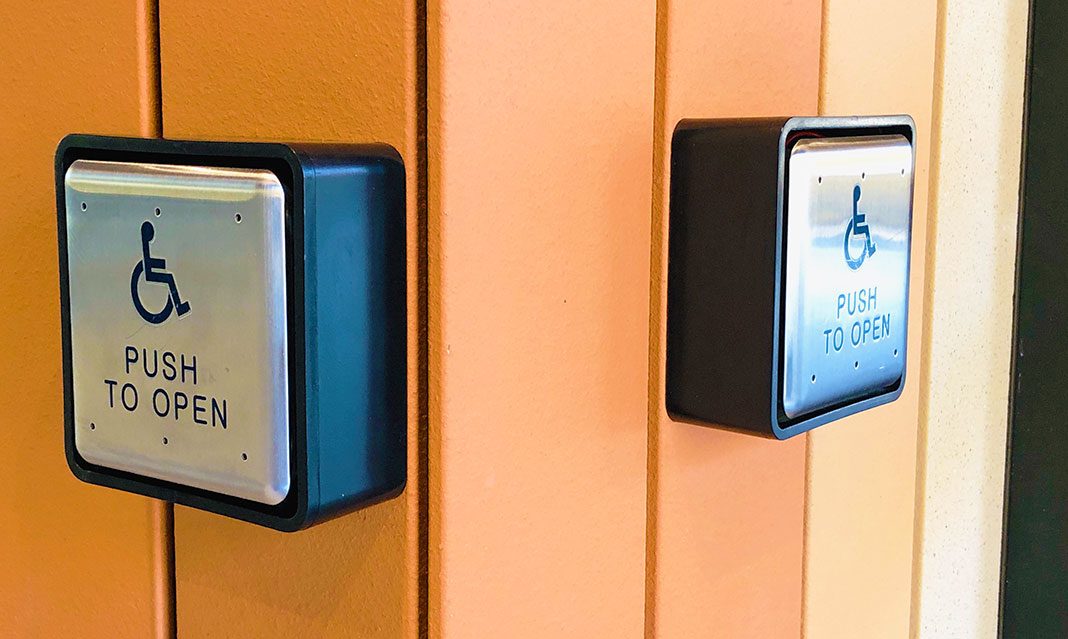U of T is committed to creating “a community that is inclusive of all persons and treats all members of the community in an equitable manner,” except when it comes to some of the door openers at UTM, apparently.
A few of The Medium’s most recent articles have highlighted the issue of inaccessibility at the University of Toronto Mississauga, particularly about the elevators and the Student Centre lift. When institutions fail to address the concerns of students and faculty, it not only poses a threat to their safety, but creates a barrier for disabled individuals.
For able-bodied individuals, a broken elevator or inaccessible door opener may not present much of a challenge other than a hike up a steep staircase or having to use their arms to open the door, but for a disabled person, it may be everything.
If an elevator is so unstable it needs to be classified as a ‘lift,’ UTM should be doing something about it.
In their statement of commitment dating back fifteen years, the university expressed their dedication to “persons with disabilities,” but how much is truly being done to accommodate and create equitable access for them? And why hasn’t this statement been updated since November 2004?
Across three U of T campuses “well over 2,000 students” are registered with disabilities, with the majority being undergraduate students.
During an event I attended in the Davis Council Chambers, a student pushed the door opener and it didn’t work. If you’ve ever been to the fancy, luxurious conference-style room with its long oblong wooden table and cushiony, leather office chairs, you’ll know how heavy the doors can be. Without assistance, a disabled person would need to exert a lot of effort to pry the weighty doors open.
The university claims they are committed to “providing inclusive and equitable access to students, employees, and visitors with disabilities,” but this isn’t the first broken accessible door opener. Around the campus, you may, on some occasions, notice that a few door-opener buttons don’t work. While it may cause a slight inconvenience if our hands are full, broken buttons aren’t a huge issue.
But, they are an issue for those who rely on these buttons as a means to attend classes or events which enrich their university and life experiences.
Now, how does such a problem go unchecked? The university depends on people reporting these issues to resolve them. If no one reports the problem, these issues remain unresolved. As much as universities can be blamed, part of the onus falls on those who abuse the buttons, and those who fail to report non-functioning buttons.
If you don’t need it, don’t use it.
Repairs for a door opener range from $250 to $2,500 plus tax—with $2,500 being the cost to replace the whole unit. A small price to pay for a university that spent $1 million on a stone entrance sign and $52.5 million on construction and renovations.
If we cannot ensure equitable and equal access to education for all students, regardless of disabilities, what is the point of upgrades, construction, and renovations?
As much as the university preaches inclusion for all, a part of our community always seems to get left behind.



